
Sea Turtle
Sea Turtle
Sea Turtle
Do you know about 'sea turtles,' the turtles that live in the ocean? You might be familiar with them through famous characters or from hearing about sea turtle nesting. However, there might be aspects you don't know, such as different types and their detailed nesting processes. Let's explore more about these intriguing sea turtles!
Sea Turtle Basic Infomation
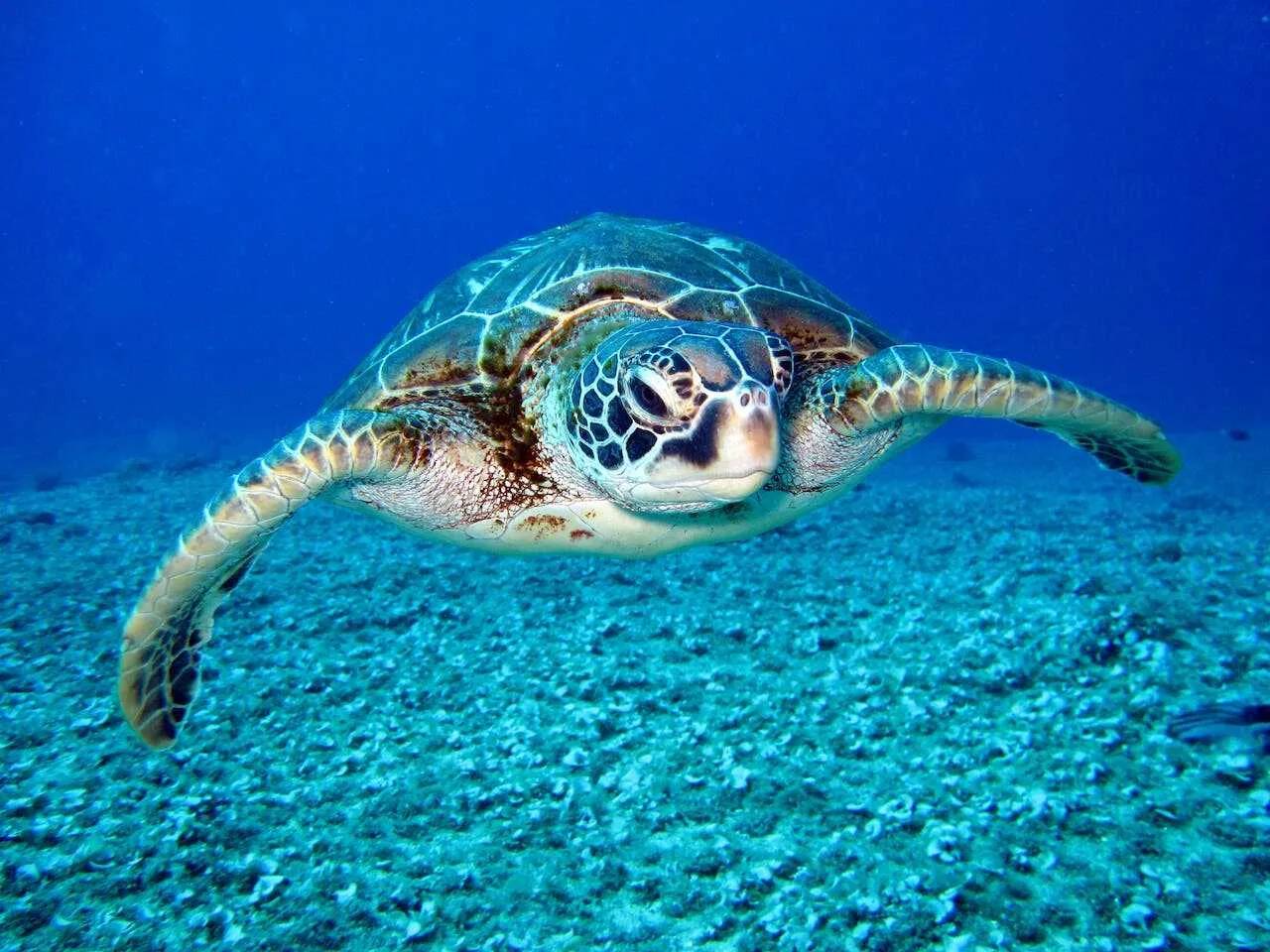
| Property | Value |
|---|---|
| Scientific Name | Chelonioidea |
| Taxonomic Status | Accepted |
| Rank | Superfamily |
| Kingdom | Animalia |
| Phylum | Chordata |
| Class | Reptilia |
| Order | Testudines |
| Habitats | Primarily marine environments |
| Common Names | Sea turtles, Marine turtles |
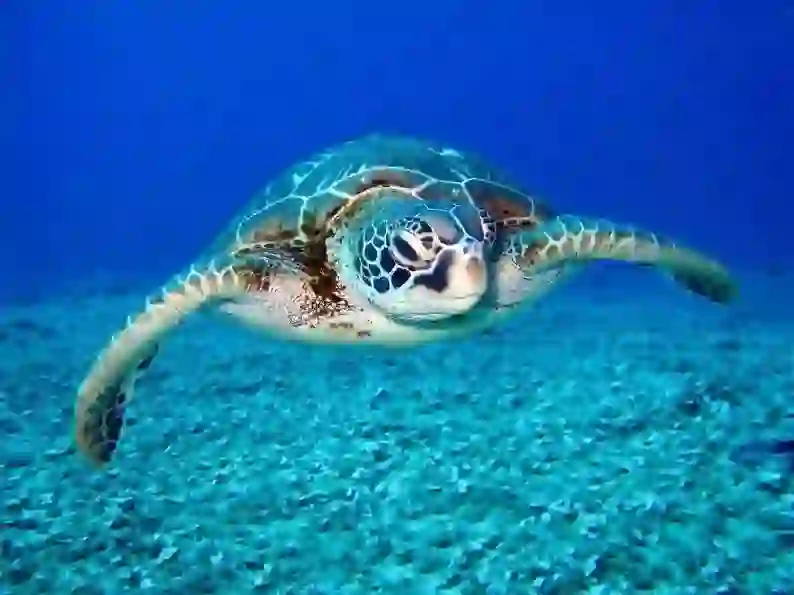
Class Reptilia, Order Testudines, Superfamily Chelonioidea
Shell Length: 60–180 cm
Weight: 35–500 kg
Sea turtles inhabit warm seas worldwide, including some species that live in Japan. It is believed that sea turtles evolved from land-dwelling turtles that adapted to live in the ocean. Despite their resemblance to land turtles, sea turtles have several adaptations that make them suitable for life in the ocean.
Sea turtles have flattened front and rear flippers, with especially long and large front flippers. These front flippers function like oars, propelling them through the water, while the rear flippers serve as rudders to steer.
The shell is streamlined to minimize water resistance, with lightweight bones due to many gaps, making it easier for sea turtles to swim. When viewed from above, sea turtle shells are either teardrop-shaped or heart-shaped, which can be quite charming.
The shell is typically hard, but there's a species called 'leatherback turtle' with a thick, leathery skin instead of the traditional hard shell. This type lacks the typical rectangular or pentagonal patterns and instead has seven longitudinal ridges running along its back.
Shell and body colors vary among species, with black, red, green, blue, yellow, white, and brown, sometimes featuring mosaic patterns or mottled designs.
Sea turtle heads are covered with black scales, with distinct shapes that differ between species. This scale pattern is like a human fingerprint. If sea turtles had their own police, they might even take fingerprints from these scales.
Sea Turtle Q&A

What is the origin of the name 'Sea Turtle'?
The origin of the name 'Sea Turtle' is unclear, despite research. As mentioned earlier, sea turtles evolved from land-dwelling turtles. It might simply mean 'turtles living in the sea,' but the exact origin is uncertain.
However, some species of sea turtles have known name origins. For example, the 'Green Sea Turtle' is named because its fat turns green due to its diet. In Japanese, 'green' is sometimes referred to as 'ao,' leading to the name 'Ao-umigame' (Green Sea Turtle).
The 'Loggerhead Sea Turtle' (Akau-migame) is named after its large head and strong jaw. The English name 'Loggerhead' refers to a large head, resembling an iron ball.
The 'Hawksbill Sea Turtle' (Taimai) has a beak that resembles a hawk's beak, hence its English name 'Hawksbill.'
These examples show that sea turtle names can be derived from physical characteristics or unique traits.

Why do sea turtles live in those places?
Sea turtles prefer warm regions, inhabiting temperate, tropical, and subtropical seas. Let's look into the life of sea turtles swimming gracefully in the vast ocean.
Although sea turtles mostly live in the ocean, females come ashore to lay eggs. Other than that, they remain in the sea. Sea turtles, unlike fish, breathe with lungs, so they must occasionally surface to breathe.
However, unlike humans, sea turtles can hold their breath for 3 to 5 hours. This ability to hold their breath allows them to stay underwater for extended periods.
Sea turtles' shells often get covered with algae or parasites, which isn't ideal. To clean their shells, they rely on fish, like wrasses, to eat the algae or parasites, forming a mutually beneficial relationship.
Sea turtles are often thought to be slow swimmers, but they can swim quickly when needed. Unlike land turtles, which retract into their shells for safety, sea turtles can't do that, so they rely on speed to escape danger.
Among sea turtles, the leatherback turtle is unique, as it doesn't rest on coral reefs but continuously swims, covering distances of up to 12,000 km. It can also dive deep, with a record of 1,200 meters. These adaptations set it apart from other sea turtles.

What do sea turtles eat?
Sea turtles have varied diets, depending on the species. They may eat shellfish, hermit crabs, seaweed, coral polyps, sponges, jellyfish, and more. Some species stick to a specific diet, while others mix their food.
Their diet influences their physical characteristics. The Loggerhead Sea Turtle has a strong jaw, allowing it to crush hard shells, as it eats shellfish and hermit crabs.
The Hawksbill Sea Turtle has a beak that can reach into coral crevices to eat sponges, hence its name. The Green Sea Turtle's fat is green because of its diet of seaweed.
Sea turtles tend to eat more in the morning and evening. Their esophagus has internal structures that prevent food from flowing backward, allowing them to eat while swimming without complications.
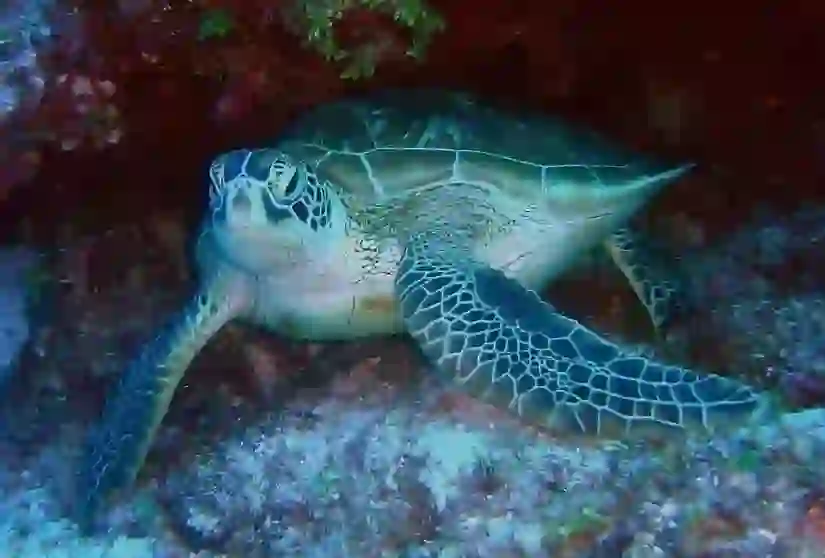
Do sea turtles lay eggs on land?
Yes, sea turtles lay eggs on land. While they live in the sea, they need to come ashore to lay their eggs because the eggs can't survive in water.
Sea turtles are known to lay eggs on beaches in various parts of the world, such as the eastern United States, Oman, and Japan. In Japan, sea turtles lay eggs on the only breeding ground in the North Pacific.
Sea turtles typically lay eggs between early summer and late summer, with females coming ashore between 9 pm and 3 am. They take their time finding a safe spot to lay their eggs, using their flippers to dig a hole, where they lay 100 to 140 eggs.
They repeat this process two to four times every two weeks, with a gap of one to four years before the next breeding season. After laying the eggs, they cover them with sand and return to the sea.
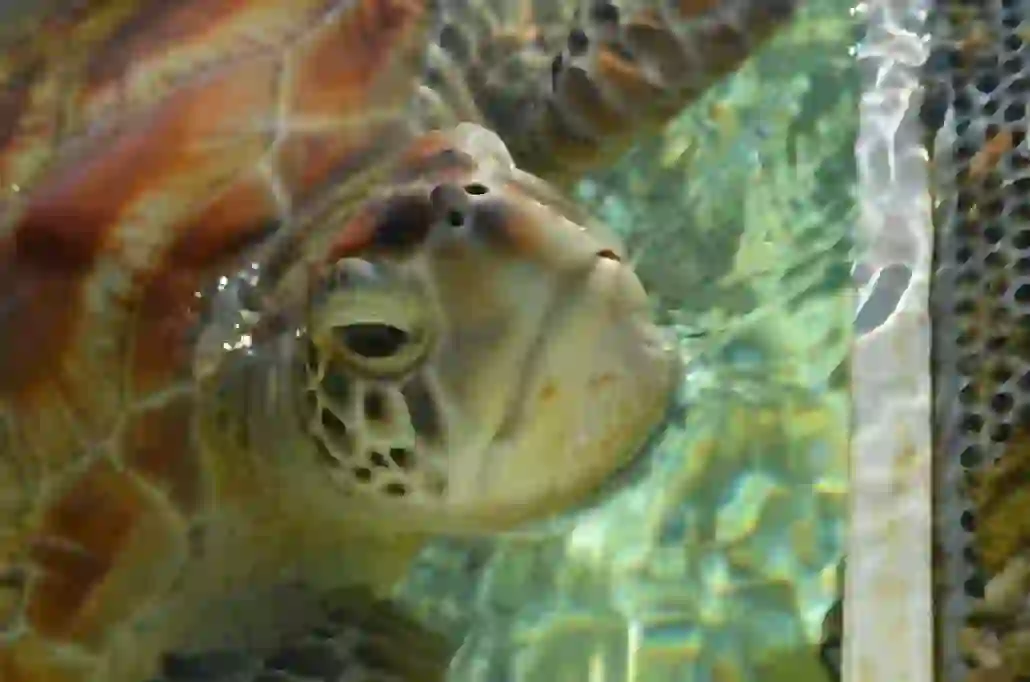
How do baby sea turtles find their way to the sea?
Baby sea turtles hatch after about two months. Since the eggs are buried in sand, the hatchlings must dig their way to the surface before heading to the sea.
Despite the darkness, baby sea turtles can see ultraviolet light, which guides them to the sea. This UV light allows them to move in the right direction.
However, only about one in a thousand baby sea turtles reach adulthood, as many dangers await them. They may be eaten by predators like birds or crabs, or human-made lights might confuse them, leading them towards roads instead of the sea.
To survive, baby sea turtles rely on their natural instincts, like 'frenzy,' which helps them swim for extended periods to reach safer offshore waters.

Do sea turtles cry when they lay eggs?
Sea turtles appear to cry while laying eggs, but this isn't due to emotion. They have salt glands near their eyes that release excess salt, and they are constantly shedding tears to regulate their body's salt levels.
This behavior is most noticeable during egg-laying because the sea turtles are on land. It is not an emotional reaction but a physiological response to salt regulation.
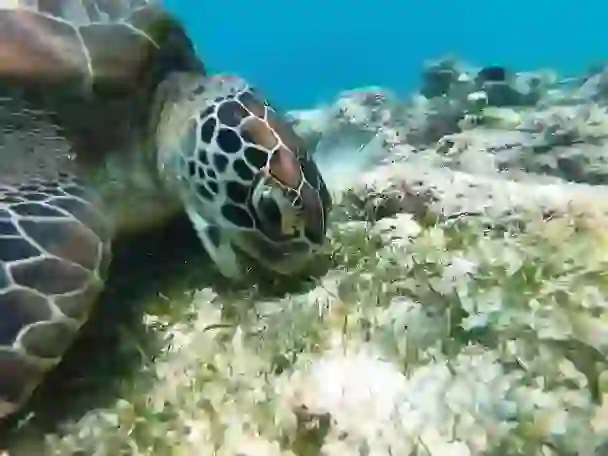
Is it true that sea turtles are classified as endangered species?
Sea turtles are said to have lived since 230 million years ago.
Due to their long lifespan of 80 years, they have been revered as symbols of longevity, progeny prosperity, and strength in various countries. In Japan, sea turtles appear in the story of Urashima Taro. Despite being cherished and revered for so long, sea turtles are classified as endangered species.
The reasons for the decline in sea turtle numbers are varied.
One is fishing. Sea turtles can get caught in fishing nets and lose their lives. In Mexico in the 1970s, many sea turtles died due to this net fishing.
Another reason is land reclamation, which reduces the nesting sites for sea turtles, and chemical pollutants flowing into the sea, worsening the marine environment.
In some countries and regions, sea turtles are eaten as a valuable source of protein. Since sea turtle eggs are not guarded by the parents, they are often taken, and adult sea turtles, swimming in shallow waters or coming to the surface for air, are prone to overhunting.
It's not just for food. The shell of a species called 'Hawksbill Turtle' is processed into a decorative item known as 'tortoiseshell.' Although it has been used for decoration since ancient times, even Cleopatra's bathtub was said to be made of it. Despite the decline in the number of hawksbill turtles, it is still a popular decorative item in East Asia and Southeast Asia.
Sea turtles are also eaten by land animals and fish when they are babies, making it hard for them to reach adulthood, but it is a fact that their numbers are decreasing due to human activities.
To protect sea turtles, efforts are being made to preserve nesting sites and ensure the safe return of baby sea turtles to the sea. However, there are organizations that caution that the method of releasing the babies into the sea isn't necessarily safe, indicating that there are still challenges.
Although you may not be able to do much, knowing the current state of sea turtles and thinking about what you can do to make the environment more comfortable for them is a start.
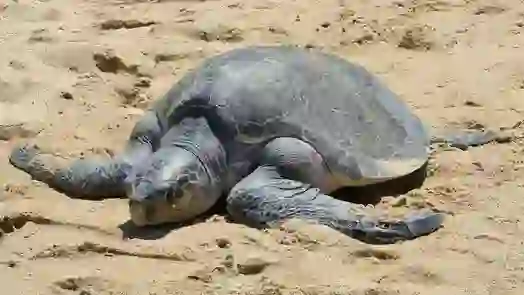
Is it true that sea turtles eat plastic bags?
Have you ever heard of the term 'plastic problem'?
A lot of plastic is used in our daily lives, and the issue is that it often ends up in the ocean. About 800 tons of plastic waste flow into the sea annually, and 60 to 90% of the waste washed ashore on Japan's coasts is plastic.
This plastic waste poses a danger to marine life. Among them, 52% of sea turtles are said to ingest plastic waste. What harm does this cause?
Large plastic debris can entangle sea turtles, causing them to starve to death. Additionally, sea turtles eat jellyfish, but they often mistake floating plastic bags for jellyfish and consume them.
These plastic bags don't get digested and remain in their stomachs. As a result, the sea turtles feel full and stop eating, leading to starvation.
In 2019, a weakened juvenile loggerhead turtle was found on an American coast, and upon autopsy, over 100 pieces of plastic were found in its body.
In 2020, about 160 sea turtles were washed ashore in Bangladesh, many with plastic waste entangled in them, and around 30 died.
In Japan in 2020, a leatherback turtle's corpse was washed ashore on the coast of Kochi Prefecture. Upon autopsy, two large plastic bags were found in its body. Although it wasn't the direct cause of death, it's likely that other sea turtles and marine creatures in Japan might be ingesting plastic just like the leatherback turtle.
It is said that there are 150 million tons of plastic waste in the sea. By 2050, the amount of plastic waste might exceed the number of sea creatures. This isn't a distant problem; it's an issue that affects the whole world, including the planet we live on.
What can we do for sea turtles and marine life? The movement to reduce plastic usage is gradually spreading. Major restaurants are changing from plastic straws to paper straws, promoting reusable straws, and encouraging the use of reusable bags.
It doesn't require doing something difficult. Simply not throwing trash into the sea and using reusable bags can make a difference.
Plastic is cheap, durable, and easy to process, potentially extending the shelf life of food. It might be an essential part of our lives, but using reusable bags and carrying reusable straws can be the small change we need.
Such small changes can lead to big impacts on the ocean. Keeping the ocean clean can eventually bring positive changes to our lives, so let's start by doing what we can.

Would you like to become a part of the 'Animalbook.jp'?
Turn your knowledge into Q&A and share it with the world. ※Publication will be activated after purchase. Let's share information together!
Sea Turtle Type of List

Types of Sea Turtles and the Red List
Out of the seven types of sea turtles, six are classified as endangered species. Here is an introduction to the types of sea turtles and their levels of endangerment.
- [Critically Endangered (CR) Category ⅠA]
- Hawksbill Turtle
- Kemp's Ridley Sea Turtle
- [Critically Endangered (CR) Category ⅠB]
- Green Sea Turtle
- [Endangered (EN) Category Ⅱ]
- Loggerhead Turtle
- Olive Ridley Turtle
- Leatherback Turtle
- [Data Deficient]
- Flatback Turtle
Information
Congratulations! You are the first commenter!

Create Your Favorite List!
Sea Turtle
Save the animals you love! Build your own list to quickly revisit your favorites later.

Would you like to leave a comment?
※Please note: This is for the purchase of rights to post comments within the article.
Find Your Favorites!
Our shop offers a unique and attractive selection of goods themed around various animals.
Sea Turtle References
Sea Turtle Introduction of media used
出典:pexels.com

出典:pexels.com

出典:unsplash.com

出典:unsplash.com

出典:pixabay.com

出典:pexels.com

出典:pexels.com

出典:unsplash.com

出典:pexels.com
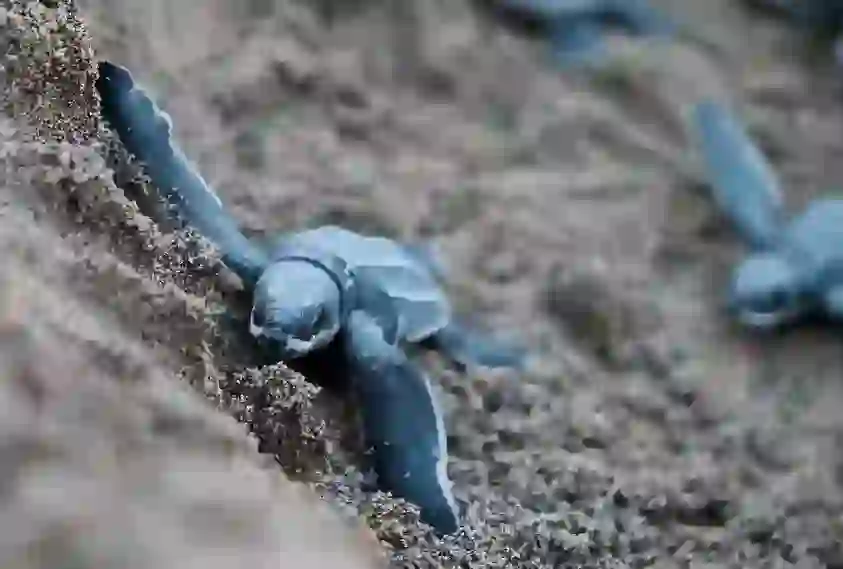
出典:pexels.com
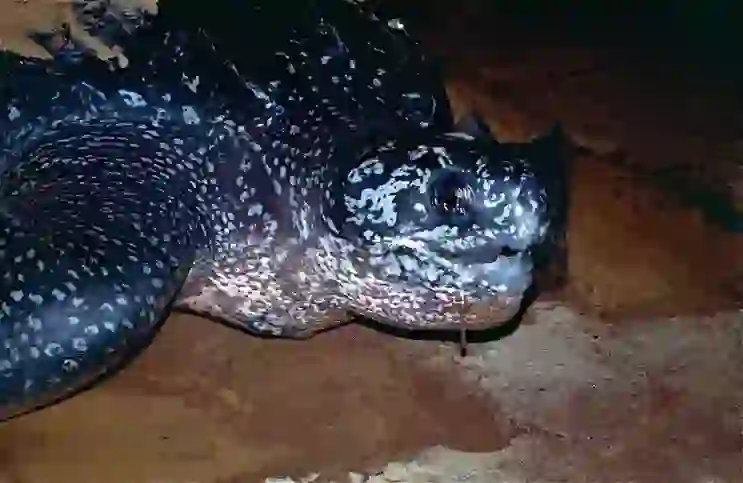
出典:commons.wikimedia.org

出典:pexels.com
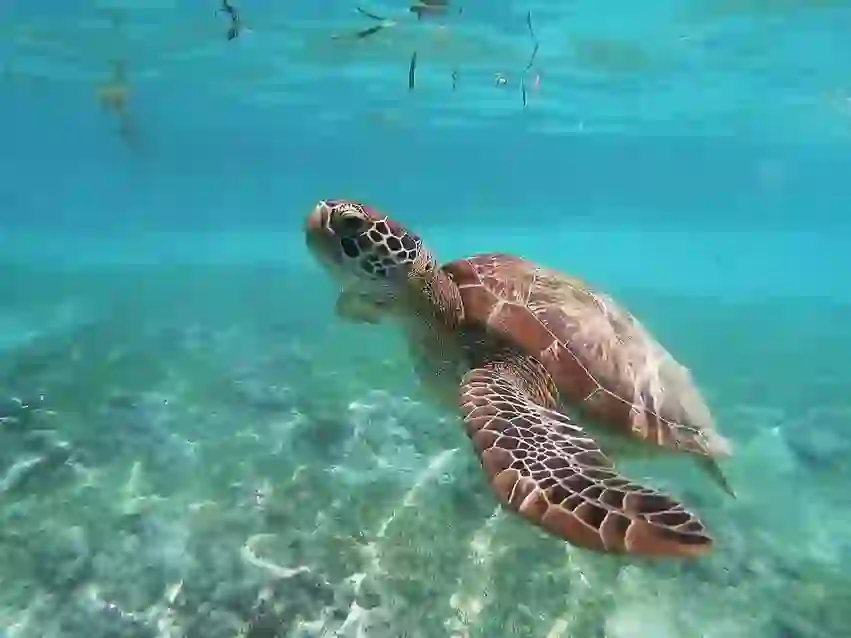
出典:unsplash.com

Help Enrich Our Animalbook.jp with Your Media!
We are constantly looking to expand and enrich our Animalbook.jp with amazing photos and videos of animals. If you have any media that you'd like to share, please contribute and help us showcase the beauty and diversity of the animal kingdom. Your submissions will be credited and featured in our encyclopedia, reaching a wide audience of animal lovers.


















